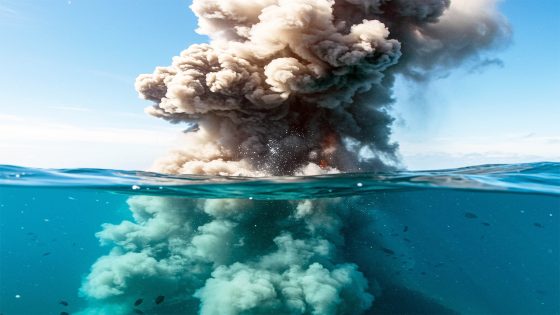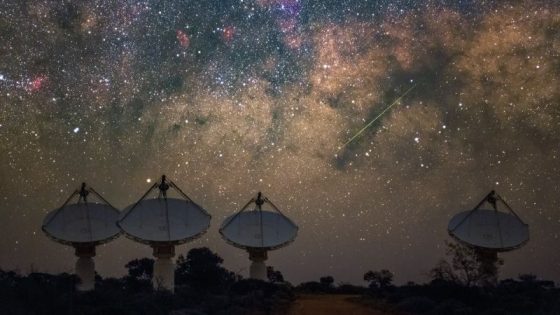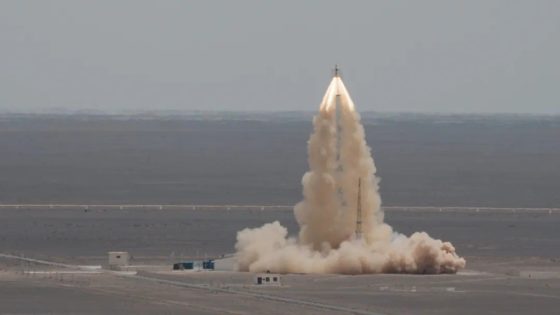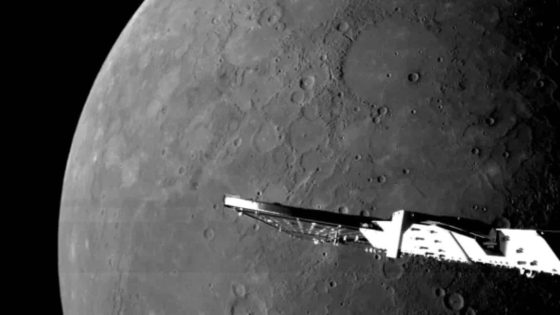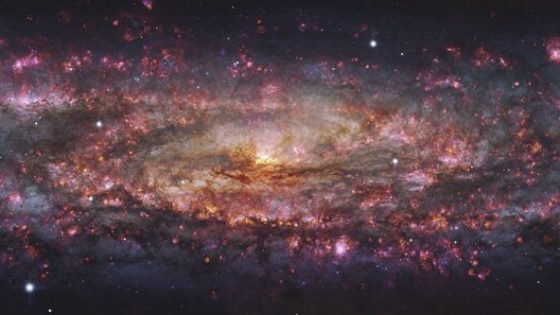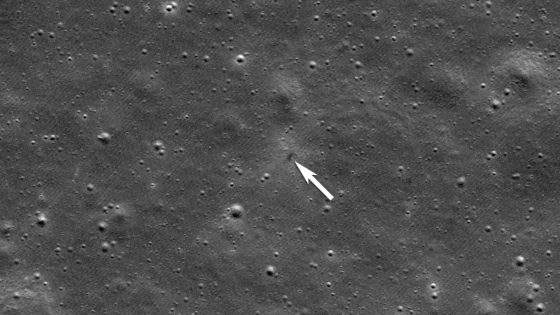Underwater volcanoes in South Africa released an astonishing 20,500 gigatons of carbon dioxide into the ocean-atmosphere system around 183 million years ago, severely disrupting the oxygen cycle. Fast forward to today, and human activity has contributed approximately 2,390 gigatons of CO2 from 1850 to 2019, which is about 12 percent of that Jurassic total in a mere two centuries. This alarming trend raises questions about the future of our oceans, especially as recent studies highlight the potential for a similar fate.
- Underwater volcanoes released 20,500 gigatons CO2.
- Human activity emitted 2,390 gigatons CO2.
- T-OAE caused widespread oceanic anoxia.
- Warmer waters reduce dissolved oxygen levels.
- Modern oceans show declining oxygen concentrations.
- Action needed to prevent ocean suffocation.
Professor François Tissot from the California Institute of Technology is investigating the implications of these ancient events for modern marine ecosystems. His research reveals that the Toarcian Oceanic Anoxic Event led to vast areas of oxygen-depleted water, which wiped out numerous marine species. How can we learn from these past catastrophes to prevent similar outcomes today?
This historical perspective prompts critical reflection on our current environmental practices. Are we on a path to repeating history? The implications of past anoxic events offer vital insights into our present situation.
- Human emissions are continuous and linked to energy consumption.
- Oxygen levels in oceans have declined by approximately 2% since 1960.
- Dead zones are increasingly affecting marine life and coastal economies.
As we confront these challenges, it’s essential to prioritize sustainable practices and policies that protect our oceans. The lessons from the past can guide US toward a more resilient future.



